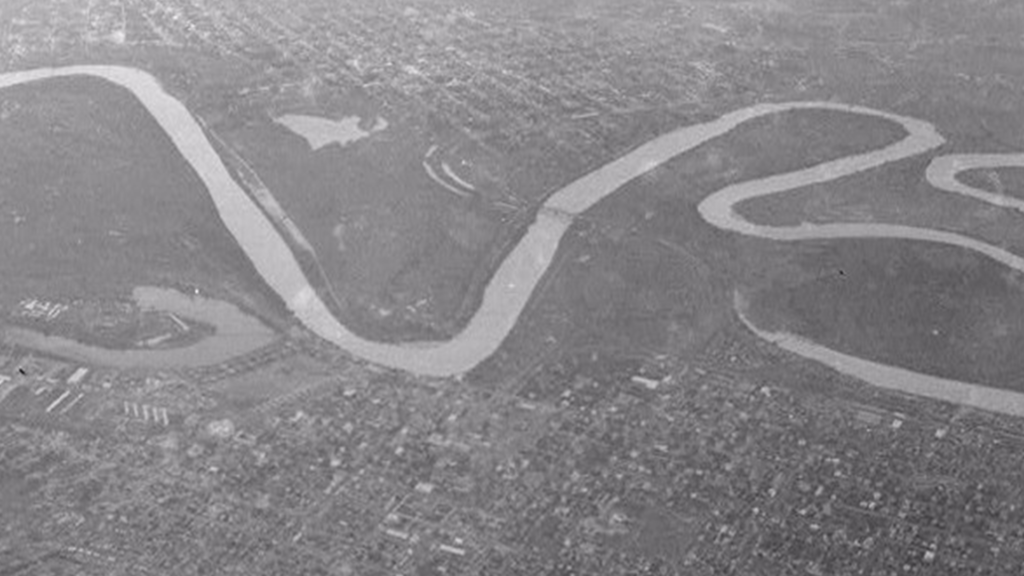Valley Roots and Dirt: Growing up in the Rio Grande Valley and the Ambiguous Plan de San Diego
Despite the heat of the day, my grandfather traversed the Rio Bravo almost daily to deliver barrels to men waiting on the United States side of the border. I am not certain what was in the barrels, but legend has it that my grandfather once swam back and forth seventy times to deliver his cargo in a single morning. In the 1930s, Mexicans routinely exchanged goods with people living in the Rio Grande Valley of Texas. The story of him dominating the river is difficult to imagine, given my father’s propensity for grand old tales of unimaginable feats. It was easier to believe, however, than the other border story recounted to me as a teenager: the 1915 Plan de San Diego.
While my older relatives never used the name of the plan itself, they discussed the events related to the manifesto with the same glorified speech my father evoked to bring my grandfather’s laborious job to life. At the time, the objectives of the plan seemed implausible: “form a ‘liberating army of races and peoples,’ ‘free the states of Texas, New Mexico, Arizona, California, and Colorado from United States control,” and execute all white males over the age of sixteen.[1] The individuals involved wrote the Plan in response to the heightened violence against Mexicans and people of Mexican descent. While there is no denying that the document reflected a desire to change the power structure, the Plan takes on a different meaning for current residents of the Valley.
Rather than address a particular historical facet of the violence that took place between 1915 and 1920, I am writing a personal account—my coming-of-age story so to speak. What does it mean to grow up in the Valley and learn local history not at school but at home? And, despite the racist and violent nature of the Plan, why am I and others intrigued with the ideas within the text?
Forget about a K-12 lesson on the Plan, it simply does not exist. Students only learn these events in Texas history courses at the university level. The delay in teaching the Plan can negatively impact students. In an essay on social studies textbooks, John Paul Brammer finds that history is taught to consider “minority cultures as primitive and Europeans [and descendants] as advanced… teaching [Latinx children] that their heritage is lesser.”[2] The same formula fits what adolescents in the Valley think when standard Texas narratives exclude their history and lived experiences. I can still remember a moment in my seventh-gradeTexas history class when I could only connect with the Mexican troops fighting Texas revolutionaries for the Alamo. I still hear ethnic Mexicans jokingly say “yes we won that battle” knowing full well that Texas revolutionaries lost. For ethnic Mexicans, the Mexican infantry was the only discernible connection to popular historical figures. To learn about the Plan required a south Texan to dig deep or rely on the narrative of older generations.
The underrated movie Lone Star highlights the fact that for inhabitants of thefrontera, oral history often has to cover local topics not contained in schoolbooks.[3] At an early age, I became interested in Valley and Mexican border history. I asked my father and friends’ parents about specific eras and how major events like the Mexican Revolution impacted the region. They encouraged my curiosity and shared stories about events such as Hurricane Beulah’s near destruction of entire communities in 1967. As for the plan, older generations said very little and chose to keep that history hidden. I only found out the Plan existed when I asked what people thought of the Texas Rangers. To my surprise, they dismissed the Rangers as murders and racists. At that moment, one of the party goers mentioned the Plan and bravery of a few who challenged the Rangers. Interested, but with little to go on, I forgot about the manifesto. I would return to the topic years later as a university sophomore.
When I started college at Texas A&M University-Kingsville, I decided to pursue a dual degree in political science and history. Professor Roger Tuller reintroduced me to the topic when I asked him to direct my project for the McNair Scholars Program in 2009. He knew I was interested in local history and encouraged me to read Benjamin Johnson’s book Revolution in Texas.[4] The author presented a history that had been inaccessible to me in public school—my history. I rifled through the pages and absorbed Johnson’s arguments. The broken local government and extralegal violence in South Texas motivated ethnic Mexican peoples to retaliate against an entrenched racist order. Johnson argues that the failed insurrection resulted in negative legislation for Texas Mexicans living in the region, comparable to Jim Crow policies in the South for African Americans. To contribute my little sliver of research to the conversation, I wrote a paper on Anglo and Mexican reactions to the plan in daily newspapers. I found that Anglos credited the Mexican government as conspiring with ethnic Mexicans to reclaim land lost in the Texas Revolution. Mexicans, on the other hand, interpreted the events as a product of borderland revolts unchecked by both countries.
All at once, I learned the violent and disastrous history that is the Plan, but felt more confused than ever. The vestiges of past violence and repression were all around me. A quick drive though Sharyland, Texas, today shows that some subdivisions maintain segregated housing. People also continue to fear kidnapping and beheadings, but as consequences of dealing with drug cartels, not the Rangers. On the bright side, the political system includes an overwhelming majority of Hispanic candidates, who in the 1960s inserted themselves in the larger Civil Rights Movement sweeping the nation. The downside is that corruption has strangled any positive efforts made to improve the quality of life for Valley residents. The corruption that Johnson uncovers in his study continues to plague the electoral system and law enforcement. This past year, NPR published articles on politiqueras (female campaign workers) committing election fraud. In many cases, these workers plead guilty to trading cocaine for votes or filling out ballots for voters.[5] Even the music magazine Rolling Stone released a story on the infamous Panama Unit, an elite police task force instructed to take down drug traffickers that went rogue. The crew overnight engaged in illicit deals like seizing luxury vehicles, selling narcotics, and hoarding money from raids.[6] The uprising associated with the Plan may have ended in the 1910s, but the racial tensions, violence, and political corruption still suffocate residents.
Given the dismal state of affairs in the Valley today, I understand why older generations find the 1915 treatise so resonant. Excluding the call for the execution of white males (extreme even for its day), the plan offers Valley residents a document that caters to the needs of borderland communities. The manifesto provided solutions and answers to a segregated Valley. In my case, the local push to create the Plan and fight for its objectives intrigues me even to this day. Those of us who grow up in the Valley develop a different way of life than do most Americans. The border mentality–neither American nor Mexican but something in between—is inescapable. The lesson I take away from the Plan de San Diego is that the Valley needs to devise a new plan. Not one built on race or violence, but a document arguing for more transparency in law enforcement and politics. The creators mobilized a movement unprecedented in the region’s history that needs to be replicated to effect change.
Becoming aware of the history of the Plan forever changed the way I perceive my hometown of Weslaco and greater South Texas. There is still much to be done to fix the problems the Valley faces, but the events surrounding the plan offer solutions—we just need to teach the history. The Plan should not remain known only within small circles. Learning about the manifesto and the movement taught me, as a Latinx and fronterizo, that our past is as meaningful as other United States and Texas histories.
Miriam Villanueva
Miriam Villanueva is a PhD student in Latin American history at TCU. She is writing a Cultural history of Panamanian militarism from 1968-1986, which focuses on the ways in which the authoritarian regime used culture and history to maintain its legitimacy.
[1]Don M. Coerver, “Plan of San Diego,” Handbook of Texas Online, uploaded on June 15, 2010, accessed August 21, 2015, (http://www.tshaonline.org/handbook/online/articles/ngp04).
[2]John Paul Brammer, “How our Schools Teach White Supremacy to Latinx Children,” Everyday Feminism, accessed August 21, 2015,http://everydayfeminism.com/2015/08/schools-teach-white-supremacy/.
[3] Lone Star, directed by John Sayles (Warner Home Video, 1999).
[4] Benjamin Heber Johnson, Revolution in Texas: How a Forgotten Rebellion and Its Bloody Suppression Turned Mexicans into American (New Haven: Yale University Press, 2003).
[5] “Corruption on the Border: Dismantling Misconduct in the Rio Grande Valley,” John Burnett and Marisa Peñalosa, Morning Edition, aired July 6, 2015, on NPR.
[6] Josh Eells, “America’s Dirtiest Cops: Cash, Cocaine and Corruption on the Texas Border,” Rolling Stone, accessed August 21, 2015, http://www.rollingstone.com/culture/features/americas-dirtiest-cops-cash-cocaine-texas-hidalgo-county-20150105.


